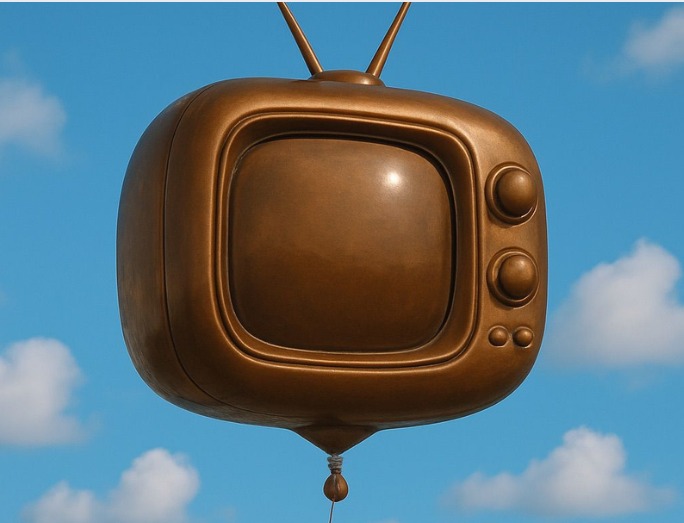What TV Gets Right (and Wrong) About PR

If your understanding of PR comes from Olivia Pope or Emily Cooper, we’ve got a few things to clear up. TV loves to glamorize public relations, often turning it into either espionage or Instagram. The truth? It lives somewhere between inbox overload and strategic storytelling.
What TV Gets Wrong
In Scandal, Olivia Pope is iconic. She’s also not a publicist. The show makes PR look like covert ops, rushing into crime scenes, whispering into burner phones, covering up scandals before breakfast. Real-life crisis comms can be intense, but most of it happens via email threads, internal docs, and carefully-worded statements, not trench coats and gladiator heels.
In Emily in Paris, there are cute outfits, chaotic timelines, and campaigns launched over croissants. It’s fun TV, but the way PR is portrayed here ignores strategy, planning, and nuance. Posting a selfie is not a campaign. And no, you can’t land a major client deal just because you had a “good idea” on a rooftop. Real PR takes time, testing, and a lot of behind-the-scenes work that never makes it to Instagram. In the show, everything revolves around Emily, she becomes the face of the campaigns she pitches. Real PR works differently. The spotlight belongs to the client. The real work happens quietly, behind the scenes, with no need for selfies or center stage.
In Sex and the City, Samantha Jones for sure had connections and charisma. But her approach to PR was 90% parties, 10% results. That said, she wasn’t entirely off. Connections do matter. Go to the dinners. Get drinks with reporters and clients. Build relationships. Just don’t get drunk. Real PR still depends on planning, messaging, and execution, but a little charm, when used well, is the strongest advantage.
What TV Gets Right
In The Bold Type, some of it’s over-the-top, but some moments hit. The tension between editorial integrity and brand advocacy? Real. The challenge of pitching bold ideas while keeping stakeholders happy? Also real. It occasionally gets the stakes and internal debates just right.
And yes, Mad Men is technically about advertising, but the heart of the show is about persuasion, client management, and building narratives under pressure. Sound familiar? Swap the scotch for Slack and you’re not too far off.
While Veep is a comedy, but Veep might be one of the most honest takes on how chaotic and reactive communications can get. The press team is constantly scrambling, putting out fires, and rewriting talking points on the fly. It’s exaggerated, sure, but the energy, panic, and spin? That part’s very real.
So Why Do We Romanticize PR?
Because the invisible stuff doesn’t make good TV. No one wants to watch someone finesse subject lines for two hours. But here’s the truth: the behind-the-scenes work is where the magic happens. It’s tough, strategic, and occasionally thrilling. You just don’t get a montage for it.
Final takeaway here? PR is a grind of calendars, calls, and creative thinking. Not every day is sexy, but when the pitch lands or the crisis cools? That’s the real win. And yes, sometimes there’s champagne. After the work’s done.